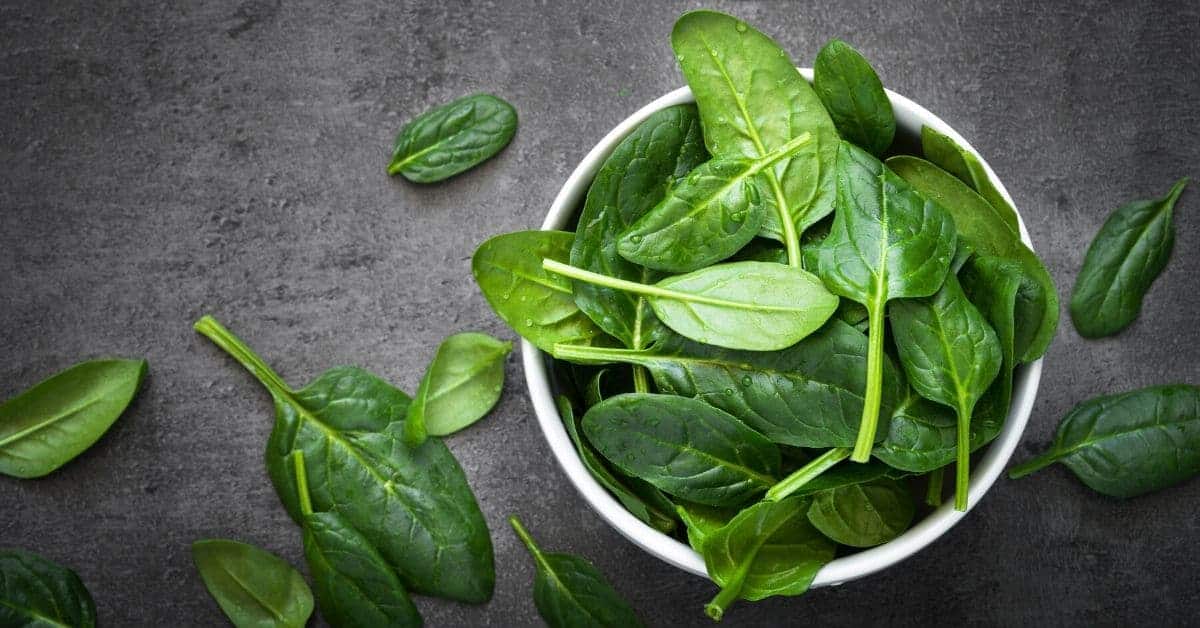

Articles
How To Store Spinach To Last Longer
Modified: January 7, 2024
Learn how to store spinach properly to keep it fresh for longer with these helpful articles.
(Many of the links in this article redirect to a specific reviewed product. Your purchase of these products through affiliate links helps to generate commission for Storables.com, at no extra cost. Learn more)
Introduction
Spinach is a nutritious leafy green vegetable that is packed with vitamins, minerals, and antioxidants. It is a versatile ingredient that can be used in a variety of dishes, from salads to smoothies and even cooked meals. However, spinach has a relatively short shelf life and can wilt or spoil quickly if not stored properly.
Properly storing spinach is essential to ensure that it remains fresh and retains its nutritional value for as long as possible. By taking the time to follow a few simple steps, you can extend the shelf life of spinach, allowing you to enjoy its health benefits for an extended period of time.
In this article, we will explore the importance of properly storing spinach and discuss the factors that can affect its shelf life. We will then outline the steps to store spinach for longevity, including refrigeration, freezing, and blanching techniques. Additionally, we will provide some tips on how to extend the shelf life of spinach even further. So, let’s dive in!
Key Takeaways:
- Properly storing spinach is crucial for maintaining its freshness, nutritional value, and overall quality. By following the right storage techniques, you can extend the shelf life of spinach, reduce food waste, and enjoy this nutrient-rich leafy green for a longer period.
- Refrigerating spinach is suitable for short-term storage of up to a week, while freezing spinach allows for long-term storage of several months. Blanching and freezing spinach are ideal for those who prefer to pre-blanch the leaves before freezing.
Read more: How To Store Spinach So It Lasts Longer
The Importance of Properly Storing Spinach
Properly storing spinach is crucial for maintaining its freshness, flavor, and nutritional value. When spinach is not stored correctly, it can wilt quickly, develop a slimy texture, or even become spoiled, rendering it unfit for consumption. Here are a few reasons why proper storage is essential:
- Prolongs Shelf Life: Storing spinach properly helps to extend its shelf life, allowing you to enjoy it for a longer period. This is especially important if you buy spinach in bulk or want to stock up for later use.
- Preserves Nutritional Value: Spinach is loaded with essential vitamins, minerals, and antioxidants that are beneficial for maintaining good health. However, improper storage can lead to the loss of these nutrients over time. By storing spinach correctly, you can preserve its nutritional value and enjoy its health benefits.
- Saves Money: When spinach spoils quickly, it often results in wasted food and money. By properly storing spinach, you can minimize waste, saving you money in the long run.
- Ensures Food Safety: Improperly stored spinach can become a breeding ground for bacteria, leading to foodborne illnesses. By following proper storage techniques, you can reduce the risk of contamination and ensure the safety of your food.
Whether you grow your own spinach or buy it from a store, taking the time to store it correctly is essential for maximizing its freshness and quality. By doing so, you can enjoy crisp, nutritious spinach in your meals, knowing that you have taken the necessary steps to keep it in optimal condition.
Factors Affecting Spinach Shelf Life
Several factors can affect the shelf life of spinach and contribute to its deterioration. Understanding these factors is crucial for implementing proper storage techniques. Here are the main factors that can impact the shelf life of spinach:
- Temperature: Spinach is a delicate vegetable that is susceptible to temperature changes. Exposure to high temperatures can cause it to wilt and spoil quickly. It is essential to store spinach at a cool temperature to maintain its freshness.
- Moisture: Excess moisture can promote the growth of bacteria and fungi, leading to the deterioration of spinach. It is crucial to remove any excess moisture from the leaves before storing them to prevent microbial growth.
- Air Exposure: Spinach is sensitive to air exposure, which can cause it to dry out and lose its vibrant green color. The longer spinach is exposed to air, the faster it will deteriorate. Proper packaging and storage techniques can help prevent excessive air exposure.
- Contamination: Contamination from bacteria or other microorganisms can accelerate the spoilage of spinach. It is important to handle spinach with clean hands, wash it thoroughly before storage, and store it in clean and sanitized containers or bags.
- Ripeness: The ripeness of spinach at the time of storage can affect its shelf life. It is ideal to store spinach when it is fresh and at its peak ripeness to ensure maximum longevity.
By considering and managing these factors, you can significantly extend the shelf life of spinach and maintain its quality. Now that we understand the factors that influence spinach shelf life, let’s explore the various methods to store spinach for optimal longevity.
Steps to Store Spinach for Longevity
When it comes to storing spinach for extended periods, there are several methods you can employ. Each method has its own advantages and is suitable for different situations. Here are some steps to store spinach for longevity:
-
Method 1: Refrigerating Spinach:
- Remove any damaged or wilted leaves from the spinach bunch.
- Gently wash the spinach leaves under cold water to remove any dirt or debris. Pat them dry with a clean towel or use a salad spinner to remove excess moisture.
- Place the spinach leaves in a Ziploc bag or an airtight container lined with paper towels. This will help absorb any excess moisture and prevent the leaves from becoming too damp.
- Seal the bag or container tightly and store it in the vegetable crisper drawer of your refrigerator.
- Ensure that the temperature in the refrigerator is set between 35 to 40 degrees Fahrenheit (1 to 4 degrees Celsius) to maintain the freshness of the spinach.
-
Method 2: Freezing Spinach:
- Wash the spinach leaves thoroughly under cold water and remove any damaged leaves.
- Blanch the spinach by plunging it into boiling water for a couple of minutes, then immediately transferring it to an ice bath to stop the cooking process. Blanching helps preserve the color, texture, and flavor of the spinach.
- Drain the blanched spinach and remove any excess moisture by gently pressing it between paper towels.
- Divide the spinach into portion-sized bags or containers, squeezing out as much air as possible. Label and date the packages.
- Place the bags or containers in the freezer, ensuring they are kept flat to prevent the spinach from getting crushed.
-
Method 3: Blanching and Freezing Spinach:
- Follow the same steps for washing and blanching the spinach as mentioned in Method 2.
- Once the blanched spinach has cooled, squeeze out any excess moisture and divide it into portion-sized bags or containers.
- Label and date the packages and place them in the freezer.
These methods will help preserve the freshness, color, and flavor of the spinach, allowing you to enjoy it for an extended period. Whether you choose to refrigerate or freeze spinach, it is important to consume it within a reasonable time frame for the best quality and taste.
Now that we have explored the various methods of storing spinach, let’s discuss some additional tips to further extend its shelf life.
Method 1: Refrigerating Spinach
Refrigerating spinach is a popular method to store it and keep it fresh for a longer period. Here are the steps to refrigerate spinach:
- Start by removing any damaged or wilted leaves from the spinach bunch. Discard them as they can cause the rest of the leaves to spoil faster.
- Gently wash the spinach leaves under cold water to remove any dirt or debris. Be gentle to avoid bruising or damaging the leaves.
- After washing, thoroughly pat the spinach leaves dry with a clean towel or use a salad spinner to remove excess moisture. Moisture can lead to the growth of bacteria and make the spinach spoil faster.
- Prepare an airtight container or a Ziploc bag for storage. Line it with a layer of paper towels to absorb any excess moisture and keep the leaves dry.
- Place the dry spinach leaves in the container or bag. Avoid overcrowding the container, as this can lead to compression and bruising of the leaves. Instead, leave some space for air circulation.
- Seal the container or bag tightly to prevent air from entering and causing the spinach to wilt.
- Label the container or bag with the date to keep track of freshness.
- Store the spinach in the vegetable crisper drawer of your refrigerator. This drawer provides a controlled environment with slightly higher humidity, which helps preserve the spinach’s freshness.
- Ensure that the temperature in the refrigerator is set between 35 to 40 degrees Fahrenheit (1 to 4 degrees Celsius). This maintains the proper temperature for prolonging the shelf life of spinach.
- Check the spinach regularly for any signs of wilting or spoilage. If you notice any leaves starting to deteriorate, remove them to prevent the spread of spoilage.
Refrigerated spinach can generally last for up to a week when stored properly. Remember to use your senses to assess the freshness of the spinach before consuming. If the leaves appear wilted, have a slimy texture, or emit a foul odor, it’s best to discard them.
Refrigerating spinach is a convenient way to store it if you plan to use it within a week. However, if you want to store spinach for a longer period, freezing is a better option, which we will explore next.
Store spinach in a clean, airtight container lined with paper towels to absorb excess moisture. Keep it in the fridge and replace the paper towels every few days to keep it fresh longer.
Read more: How To Store Batteries To Last Longer
Method 2: Freezing Spinach
Freezing spinach is an excellent method for long-term storage, allowing you to enjoy this nutritious leafy green even months later. Here’s a step-by-step guide on how to freeze spinach:
- Start by washing the spinach leaves thoroughly under cold water to remove any dirt or debris. Gently agitate the leaves to ensure they are clean.
- Remove any damaged or wilted leaves from the bunch and discard them. Only use fresh and healthy leaves for freezing.
- Prepare a large pot of boiling water. Blanching the spinach before freezing helps preserve its color, flavor, and texture.
- Submerge the spinach leaves in the boiling water for about 1 to 2 minutes, or until they become wilted.
- Quickly transfer the blanched spinach into a bowl filled with ice water. This stops the cooking process and helps retain the vibrant green color of the leaves.
- Drain the blanched spinach and gently squeeze out any excess moisture. Avoid applying too much pressure to prevent damage to the delicate leaves.
- Portion the spinach according to your needs. You can divide it into individual serving sizes or based on the amount you usually use in recipes.
- Place the portions of spinach in freezer-safe bags or airtight containers. Squeeze out as much air as possible from the bags to prevent freezer burn.
- Label the bags or containers with the date of freezing for easy reference later.
- Store the spinach in the freezer, making sure it is placed in a flat position to prevent it from getting crushed.
Frozen spinach can be stored for several months and is a convenient option for adding to soups, stews, smoothies, or other cooked dishes. Remember to thaw only the amount you need and return the remaining spinach back to the freezer for future use.
When using frozen spinach, you may notice that the texture changes slightly, becoming softer compared to fresh spinach. However, the nutritional value and taste of frozen spinach remain intact, making it a great option for adding to your favorite recipes.
Now that you know how to freeze spinach, let’s explore another method that combines blanching and freezing for optimal preservation.
Method 3: Blanching and Freezing Spinach
Blanching and freezing spinach is another effective method for long-term storage. This technique helps preserve the color, flavor, and texture of the spinach leaves. Here’s a step-by-step guide for blanching and freezing spinach:
- Begin by washing the spinach leaves thoroughly under cold water to remove any dirt or debris. Discard any damaged or wilted leaves.
- Bring a large pot of water to a rolling boil. Add a teaspoon of salt to the water, which helps maintain the color of the spinach during blanching.
- Prepare a bowl filled with ice water while the pot of water is boiling.
- Submerge the spinach leaves in the boiling water and blanch them for 2-3 minutes. Blanching helps preserve the color, flavor, and texture of the spinach.
- Using a slotted spoon or tongs, transfer the blanched spinach into the ice water bath. This will stop the cooking process and help retain the vibrant green color of the leaves.
- Allow the spinach to cool in the ice water bath for a few minutes until it is completely chilled.
- Once chilled, remove the spinach from the ice water and drain any excess moisture.
- Gently squeeze the blanched spinach to remove as much water as possible. This step is crucial to prevent ice crystals from forming during freezing.
- Divide the blanched and drained spinach into portion-sized bags or airtight containers, squeezing out any excess air as you seal them.
- Label the bags or containers with the date of freezing for future reference.
- Place the sealed bags or containers in the freezer, ensuring they are laid flat to avoid crushing the spinach.
The blanching and freezing method helps retain the quality of the spinach for a longer period. It is ideal for those who prefer pre-blanching the spinach before freezing to save time during meal preparation.
When using frozen, blanched spinach, remember to thaw it in the refrigerator before using it in your recipes. Frozen spinach can be added to soups, sauces, stir-fries, or even used as a nutritious addition to smoothies.
Now that you know three different methods for storing spinach, you can choose the one that best suits your needs. Additionally, here are some tips to help further extend the shelf life of spinach and maintain its freshness.
Tips for Extending the Shelf Life of Spinach
Proper storage techniques are key to extending the shelf life of spinach. Here are some additional tips to help you keep your spinach fresh and flavorful for as long as possible:
- Handle spinach with clean hands: Always ensure your hands are clean before handling spinach to prevent the transfer of bacteria or contaminants.
- Store spinach unwashed: It’s best to wash spinach just before use rather than pre-washing it and storing it. Excess moisture can promote bacterial growth and cause the leaves to wilt faster.
- Remove any damaged leaves: Discard any leaves that show signs of damage, wilting, or yellowing. Damaged leaves can accelerate the spoilage process.
- Separate spinach from other produce: Store spinach separately from other fruits and vegetables. Some fruits, such as apples and bananas, produce ethylene gas, which can cause spinach to wilt and spoil faster.
- Regularly check and remove spoiled leaves: Check the stored spinach regularly and remove any leaves that show signs of spoilage. This will prevent the spread of spoilage to other leaves.
- Don’t overcrowd the storage container: Overcrowding spinach can lead to compression and bruising of the leaves, which accelerates decay. Leave sufficient space for air circulation.
- Use airtight containers or bags: Opt for airtight containers or Ziploc bags to prevent air exposure and moisture loss, which can cause the spinach to become dried out.
- Date label the storage containers: Labeling the containers with the date of storage helps you keep track of the spinach’s freshness and ensures you use the oldest spinach first.
- Store spinach in the coldest part of the refrigerator: The vegetable crisper drawer is the ideal spot for storing spinach as it provides a slightly higher humidity and maintains a cooler temperature.
- Consider blanching and freezing: If you have a surplus of spinach or want to store it for an extended period, consider blanching and freezing the leaves to preserve their quality and nutritional value.
By following these tips, you can maximize the shelf life of your spinach and reduce food waste. Enjoy the freshness and benefits of spinach in your meals for a longer duration.
Now that you have a comprehensive understanding of storing spinach properly and extending its shelf life, you can confidently make the most out of this nutritious leafy green.
Good luck and happy storing!
Conclusion
Properly storing spinach is essential for maintaining its freshness, nutritional value, and overall quality. By following the right storage techniques, you can extend the shelf life of spinach, reduce food waste, and enjoy this nutrient-rich leafy green for a longer period.
In this article, we discussed the importance of storing spinach correctly and explored the factors that can affect its shelf life, such as temperature, moisture, air exposure, contamination, and ripeness. By understanding these factors, you can take the necessary steps to ensure optimal storage conditions.
We outlined three different methods for storing spinach, including refrigeration, freezing, and blanching with freezing. Refrigerating spinach is suitable for short-term storage of up to a week, while freezing spinach allows for long-term storage of several months. Blanching and freezing spinach are ideal for those who prefer to pre-blanch the leaves before freezing.
In addition to the storage methods, we provided helpful tips for extending the shelf life of spinach, such as handling it with clean hands, storing it unwashed, removing damaged leaves, separating it from other produce, and regularly checking for spoilage.
By implementing these tips and choosing the right storage method based on your needs, you can enjoy fresh and nutritious spinach for various culinary creations, be it in salads, smoothies, cooked dishes, or soups.
Remember, proper storage not only helps maintain the freshness and nutritional value of the spinach but also contributes to reducing food waste and saving money in the long run.
So, the next time you purchase or harvest spinach, take the time to store it properly. By doing so, you can make the most out of this versatile and health-promoting vegetable, ensuring its longevity and optimal quality.
Happy storing and enjoy your vibrant and nutrient-packed spinach!
Frequently Asked Questions about How To Store Spinach To Last Longer
Was this page helpful?
At Storables.com, we guarantee accurate and reliable information. Our content, validated by Expert Board Contributors, is crafted following stringent Editorial Policies. We're committed to providing you with well-researched, expert-backed insights for all your informational needs.

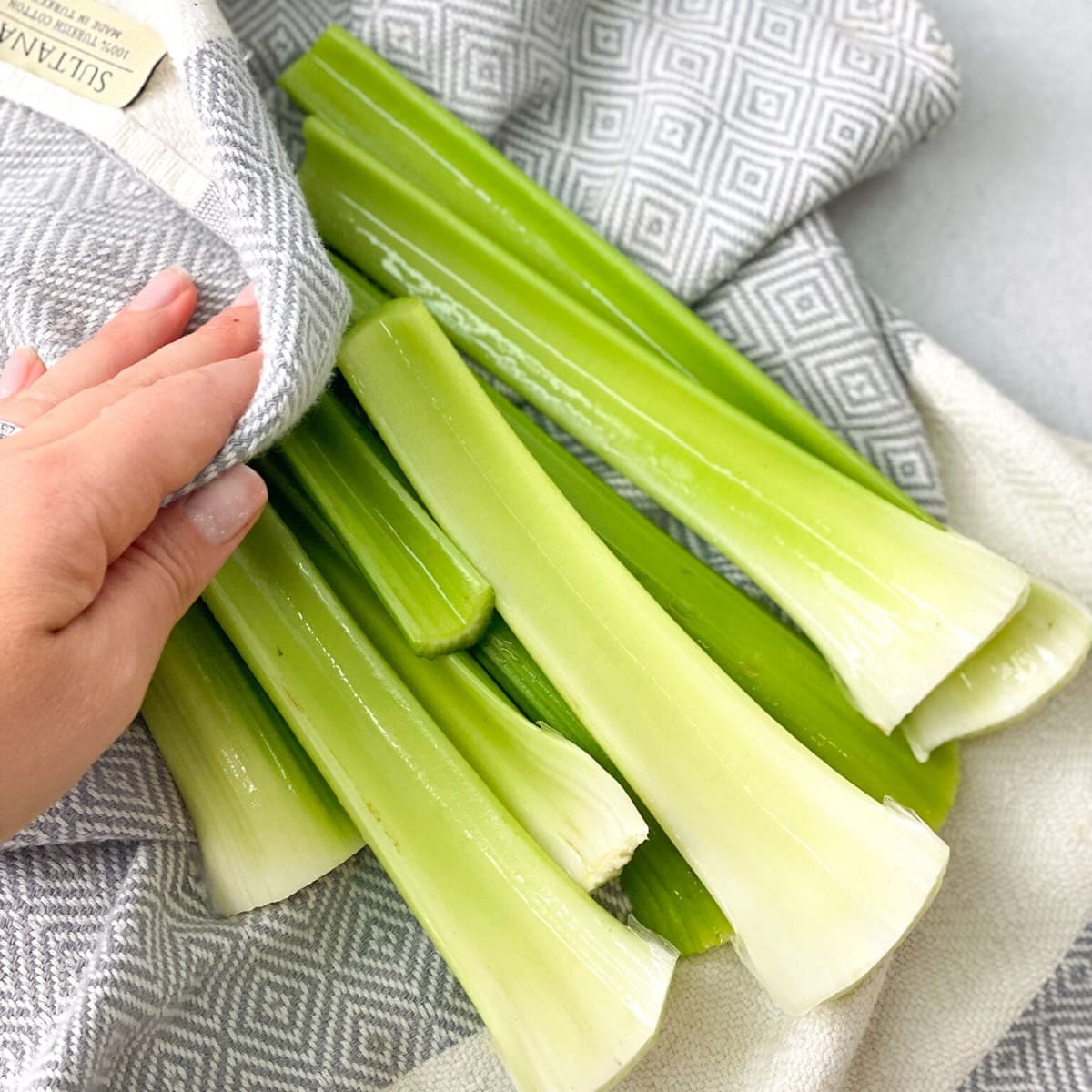

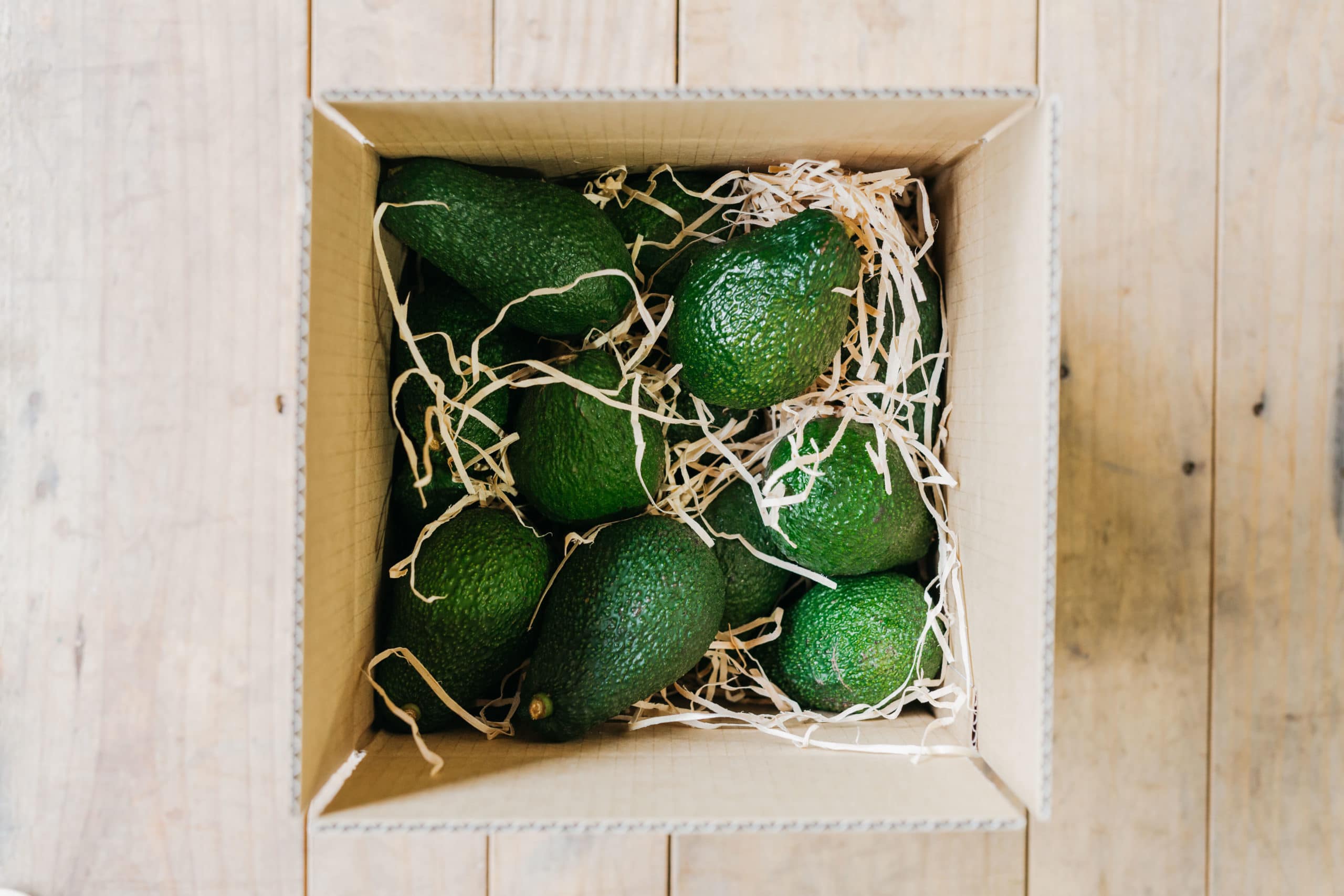
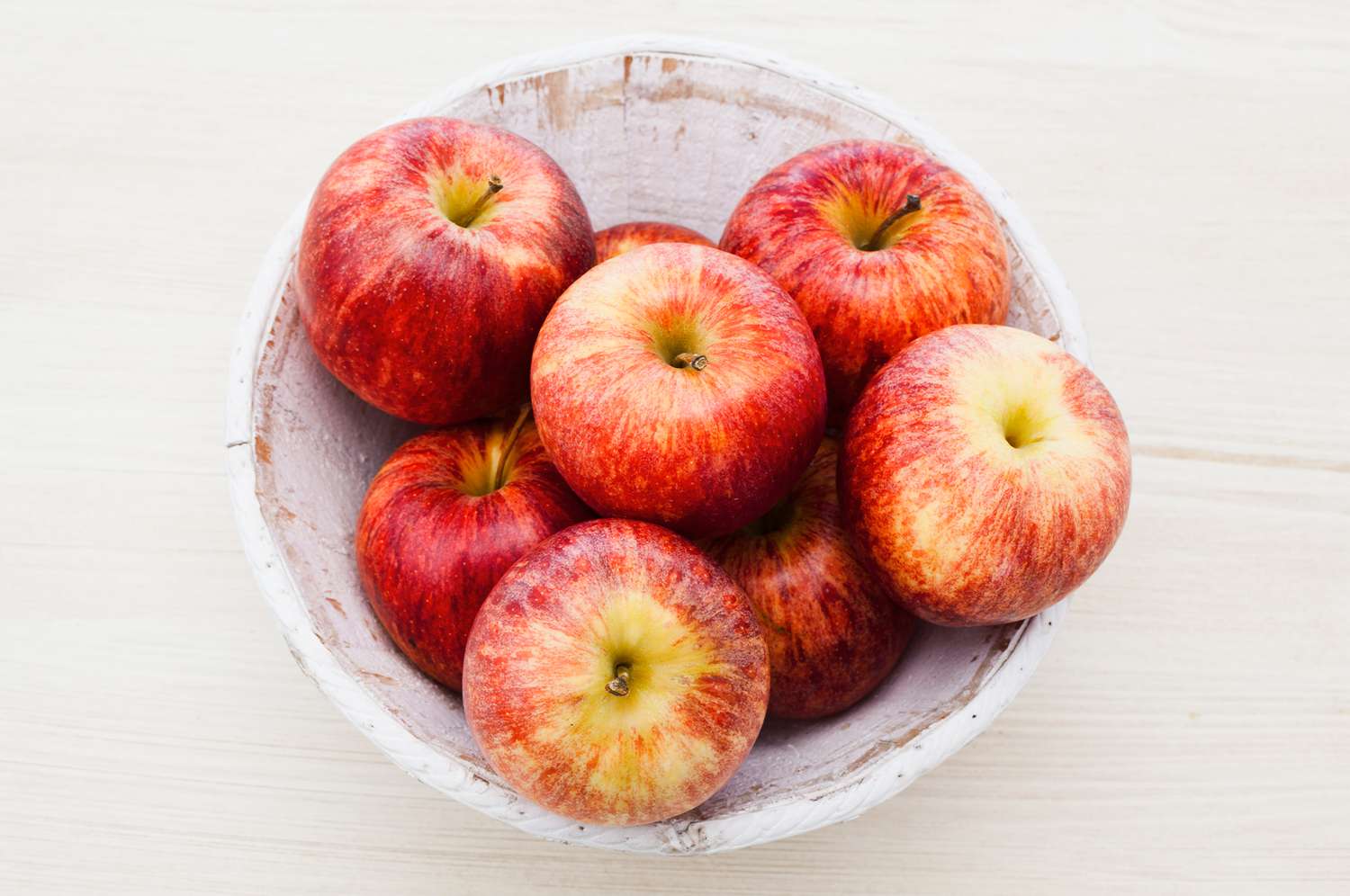

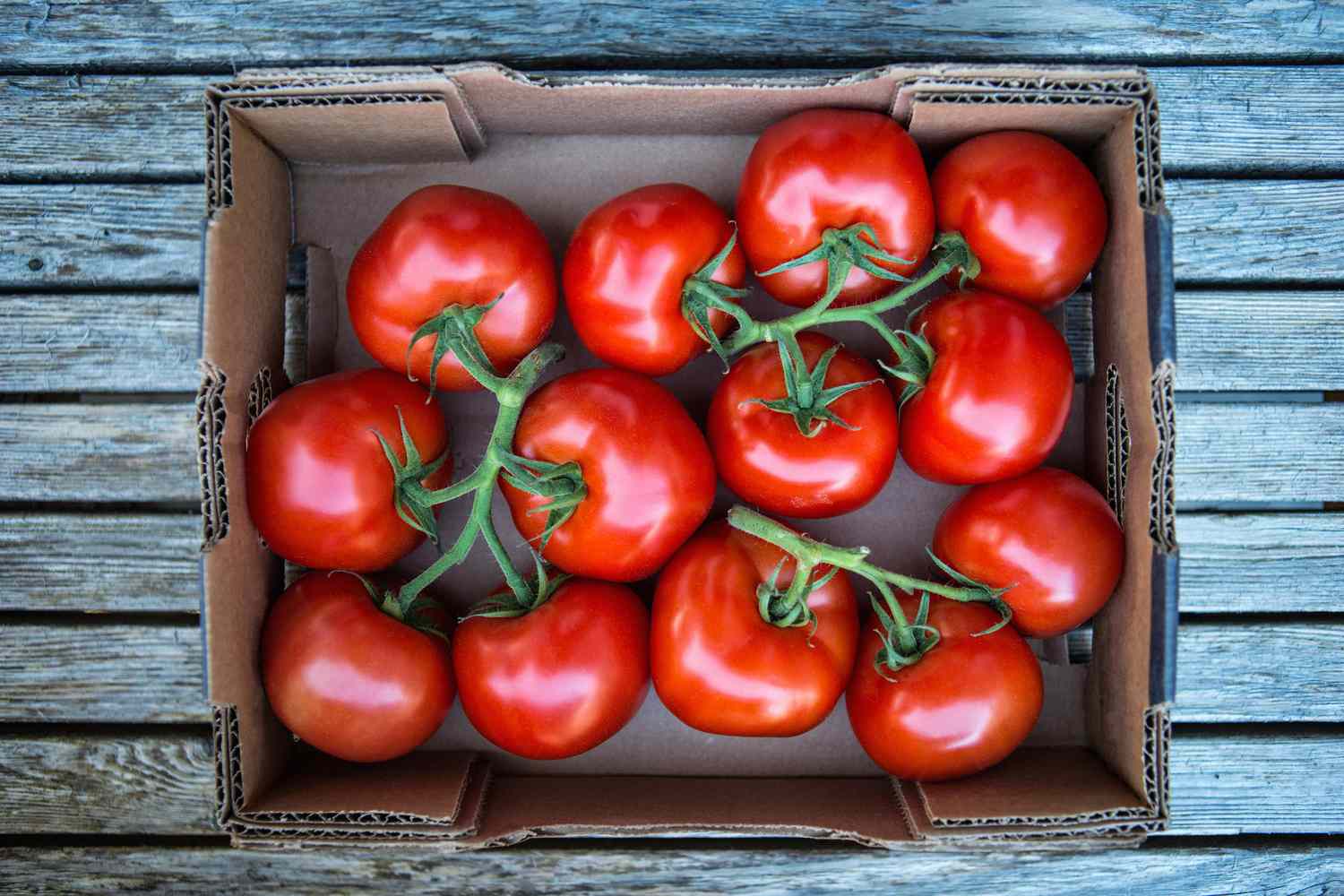

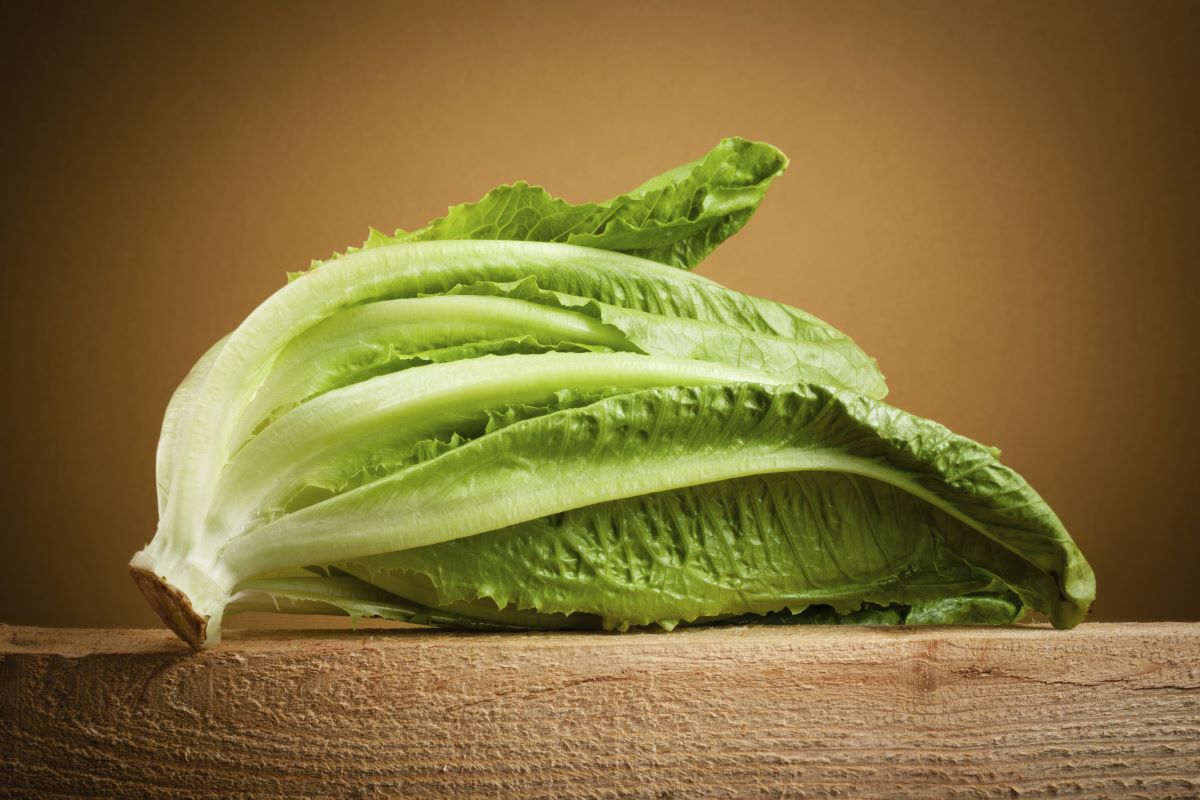
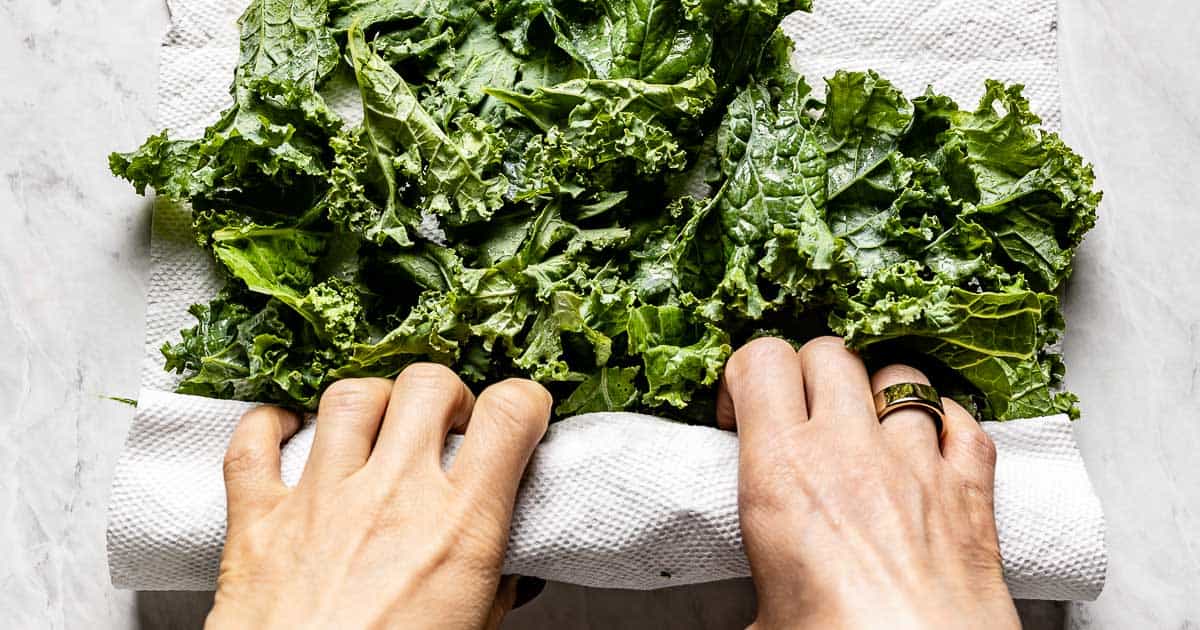


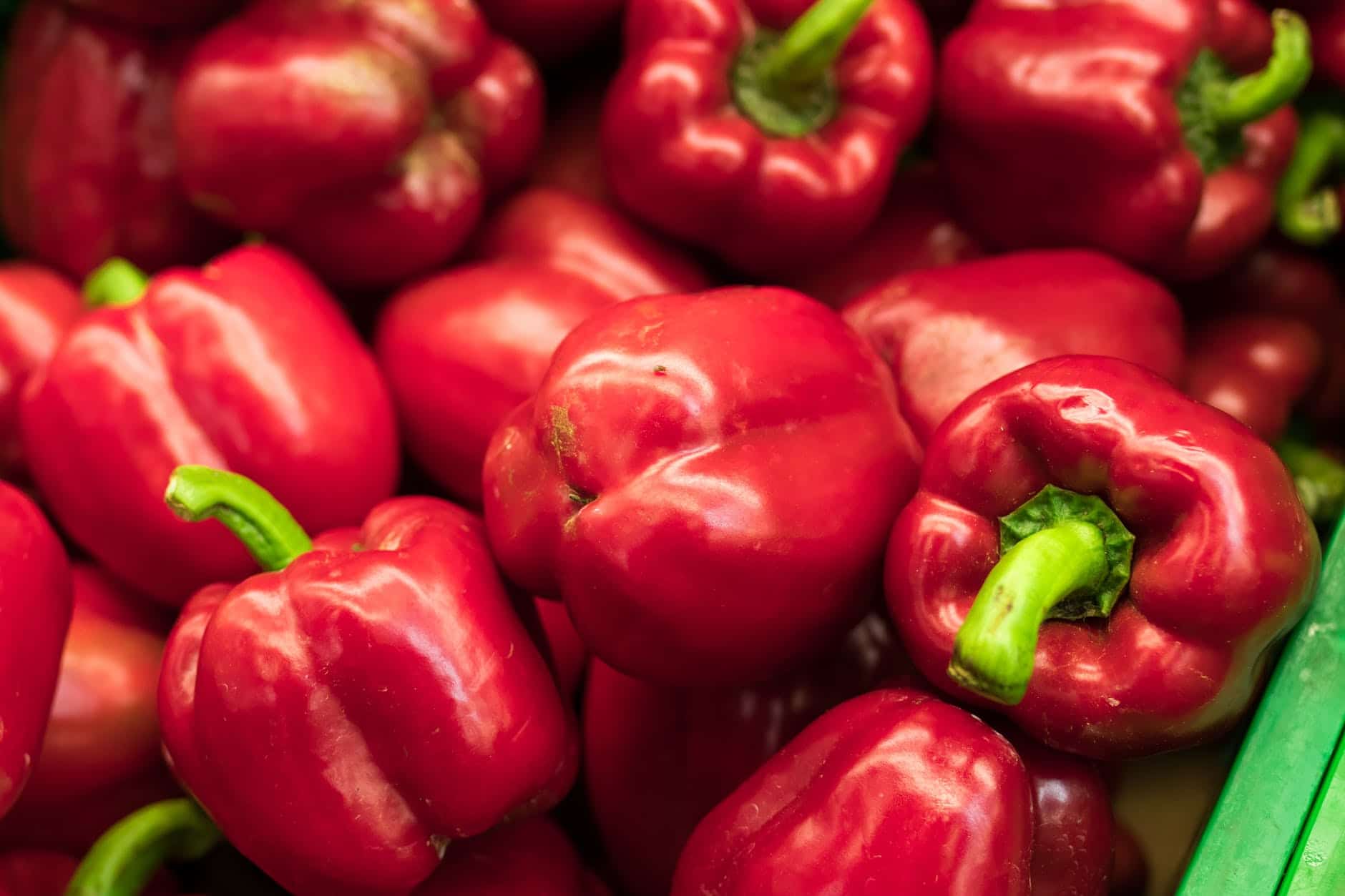


0 thoughts on “How To Store Spinach To Last Longer”